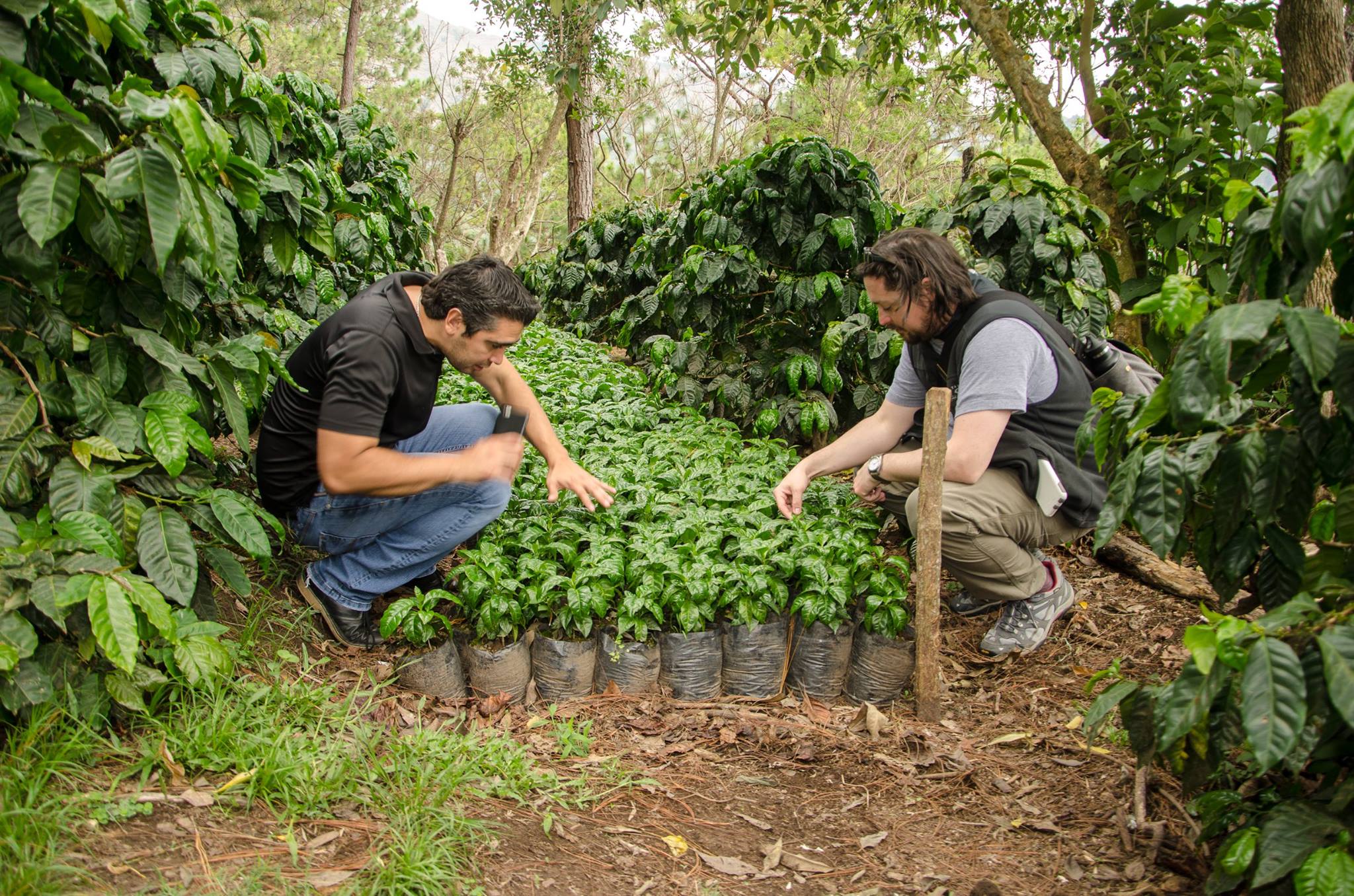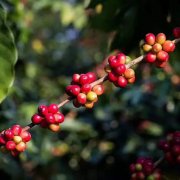Colombian Coffee Bean Story how Colombian coffee has changed from high-quality coffee to affordable coffee

For professional baristas, please follow the coffee workshop (Wechat official account cafe_style)
Origin: Colombia
Treatment: washing
Producing areas and grades: Popayan, Supremo
Raw bean defect rate: 12.14% (defective 213g/ can use 1542g)
Raw beans explain: raw beans are large and clean, Kaifeng has the smell of fresh grass, mildew beans and black beans are few, and most of them are worm-eaten and contaminated beans.
Baking flavor: berries, caramel, dark chocolate
Uniqueness: like blue mountain delicate, silky taste
Bouquet: slightly sweet aroma of berries
Mellow: as smooth as caramel
Acidity: slightly acidic balanced sweetness and bitterness, clean aftertaste
Description and introduction: the producing area is located in Popayan, Cauca province in southwestern Colombia, about 1500 meters above sea level. Popayan, which is mainly grown in Arabica bourbon and Tibica, is currently one of the main coffee producing areas in Colombia and tends to produce commercial beans.
Supremo is the highest of the Colombian raw bean grades, with a size greater than 17 mesh (1 mesh = 1 inch 64 inches). Most of the local farmers deal with coffee beans at the beginning of washing.
Colombia
Colombia is currently the third largest coffee producer in the world, after Brazil and Vietnam
It is also one of the largest producers of high-quality coffee in the world.
The traditional deep-roasted coffee has a strong and memorable taste.
Coffee was first introduced to Colombia in 1808 and was brought by a priest from the French Antilles via Venezuela.
The three Kodiera Mountains run north and south, extending to the Andes
Local coffee farmers grow coffee along the highlands of these mountains, with production conditions of diverse climates.
Also because of the changes in topography and altitude, a large part of Colombia's coffee industry is produced by small farmers.
Colombian coffee used to be the best-selling coffee in the American market.
Later, for a period of time, because the output was too excessive and the quality was not good.
Become synonymous with affordable coffee.
But in recent years, with the efforts of more and more modern coffee farmers
Colombia once again has a reputation in the international boutique coffee market.
Regardless of the competition and the price, they all reached incredible peaks in the past.
Important Notice :
前街咖啡 FrontStreet Coffee has moved to new addredd:
FrontStreet Coffee Address: 315,Donghua East Road,GuangZhou
Tel:020 38364473
- Prev

Columbia capsule Coffee Nespresso Coffee Exploration Series Columbia-Aguadas Coffee
Professional barista exchange please follow the coffee workshop (Wechat official account cafe_style) after the first launch of Explorations 1 exploration series of rare limited edition coffee in May, once again for coffee connoisseurs and lovers, offer exploration series 2 rare limited edition coffee Explorations 2, this time, Nespresso coffee experts explore the world's little-known coffee origin, selection
- Next

Description of flavor and taste of Uganda-Bugisu AA sun-cured coffee beans
For the exchange of professional baristas, please follow the coffee workshop (Wechat official account cafe_style) Uganda Bugisu AA/Bugisu AA coffee beans [product name] Bujisu AA (Bugisu AA) [product] Arabica Arabica [specification] above 17 mesh, dry humidity less than 12, impurities less than 3 [place of origin] Uganda (Uganda) [place of origin] solarization [baking] suggestion
Related
- Detailed explanation of Jadeite planting Land in Panamanian Jadeite Manor introduction to the grading system of Jadeite competitive bidding, Red bid, Green bid and Rose Summer
- Story of Coffee planting in Brenka region of Costa Rica Stonehenge Manor anaerobic heavy honey treatment of flavor mouth
- What's on the barrel of Blue Mountain Coffee beans?
- Can American coffee also pull flowers? How to use hot American style to pull out a good-looking pattern?
- Can you make a cold extract with coffee beans? What is the right proportion for cold-extracted coffee formula?
- Indonesian PWN Gold Mandrine Coffee Origin Features Flavor How to Chong? Mandolin coffee is American.
- A brief introduction to the flavor characteristics of Brazilian yellow bourbon coffee beans
- What is the effect of different water quality on the flavor of cold-extracted coffee? What kind of water is best for brewing coffee?
- Why do you think of Rose Summer whenever you mention Panamanian coffee?
- Introduction to the characteristics of authentic blue mountain coffee bean producing areas? What is the CIB Coffee Authority in Jamaica?

